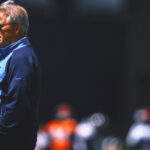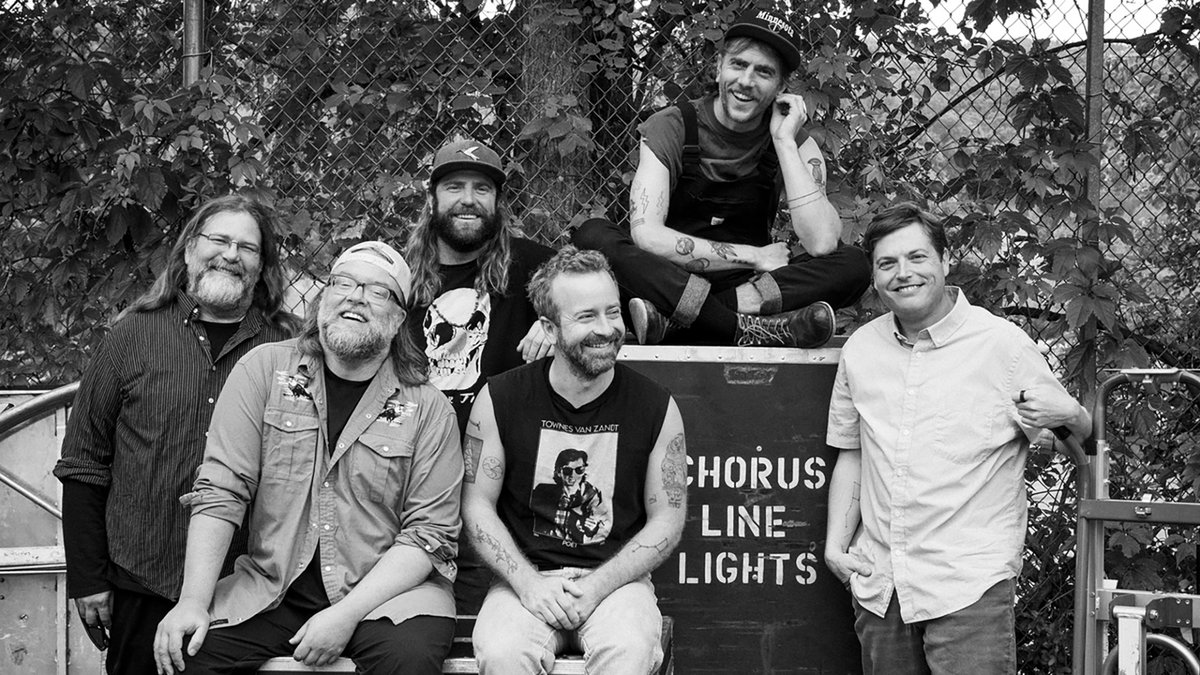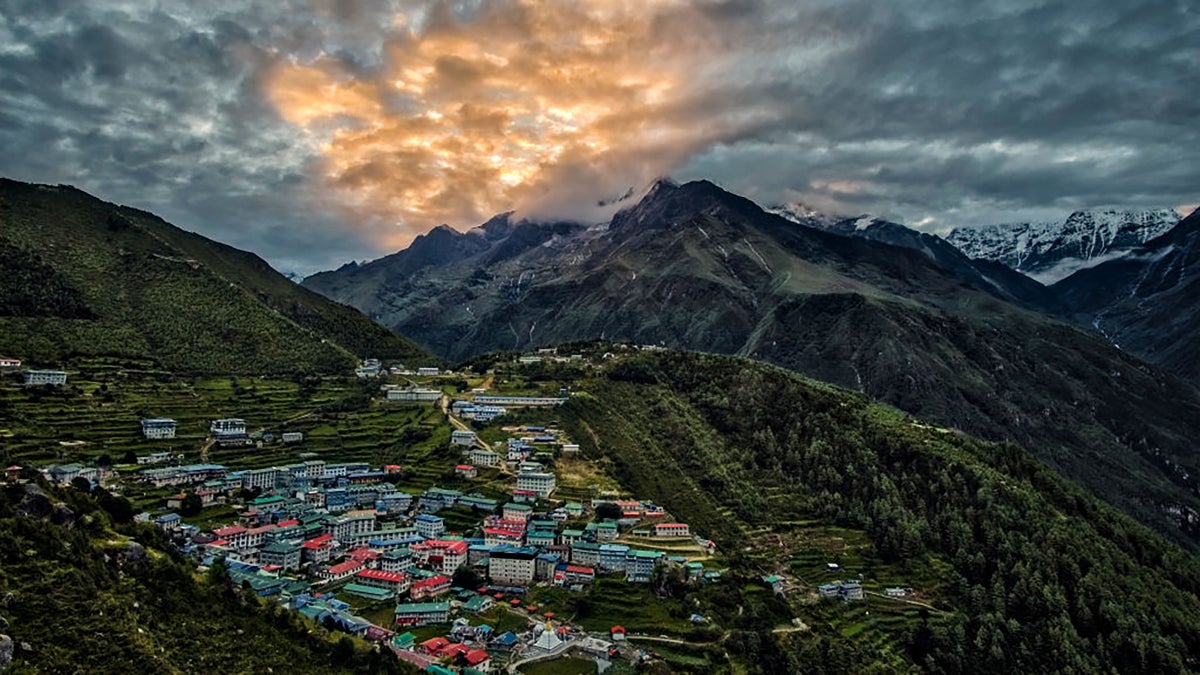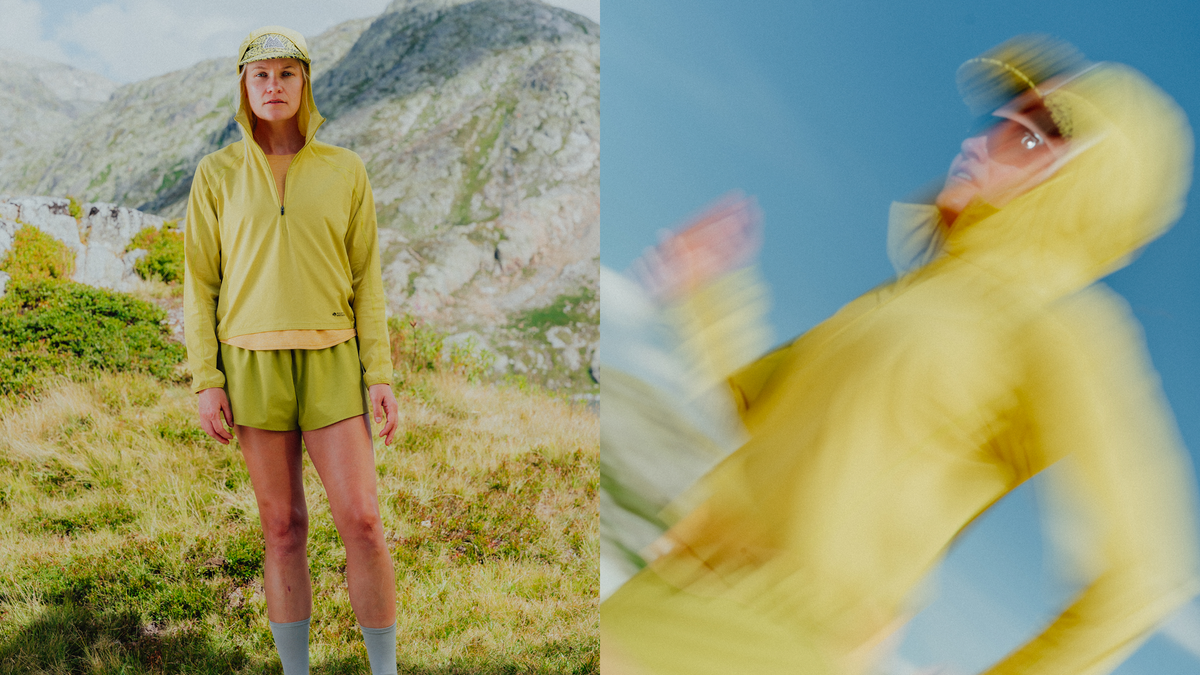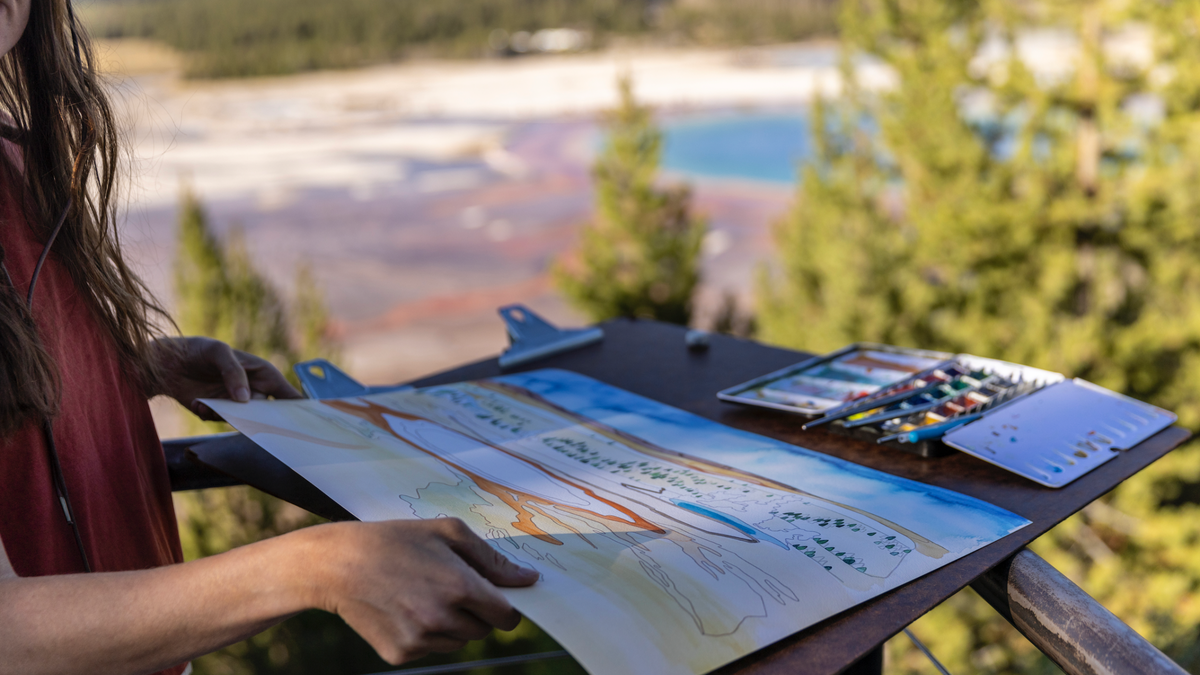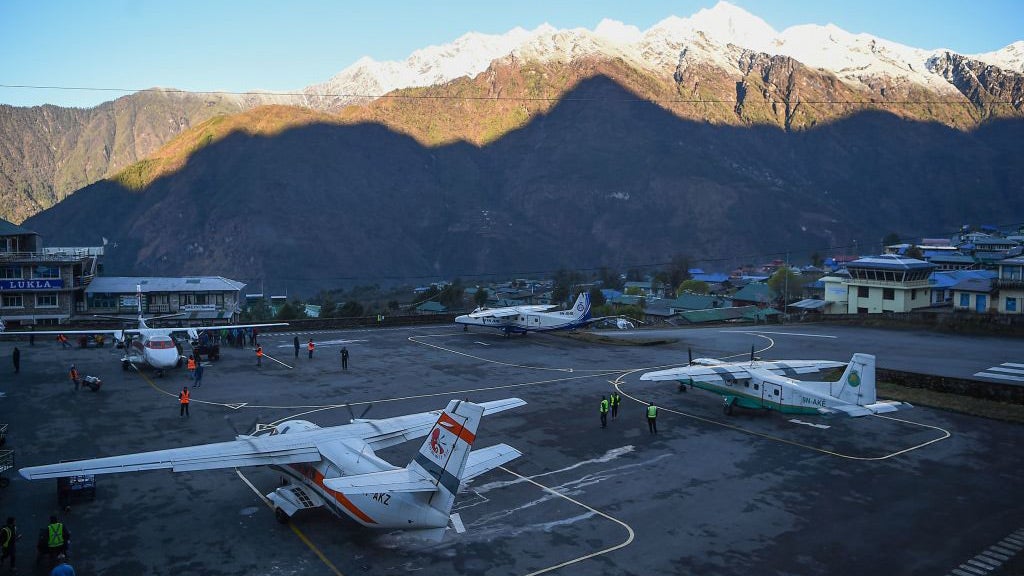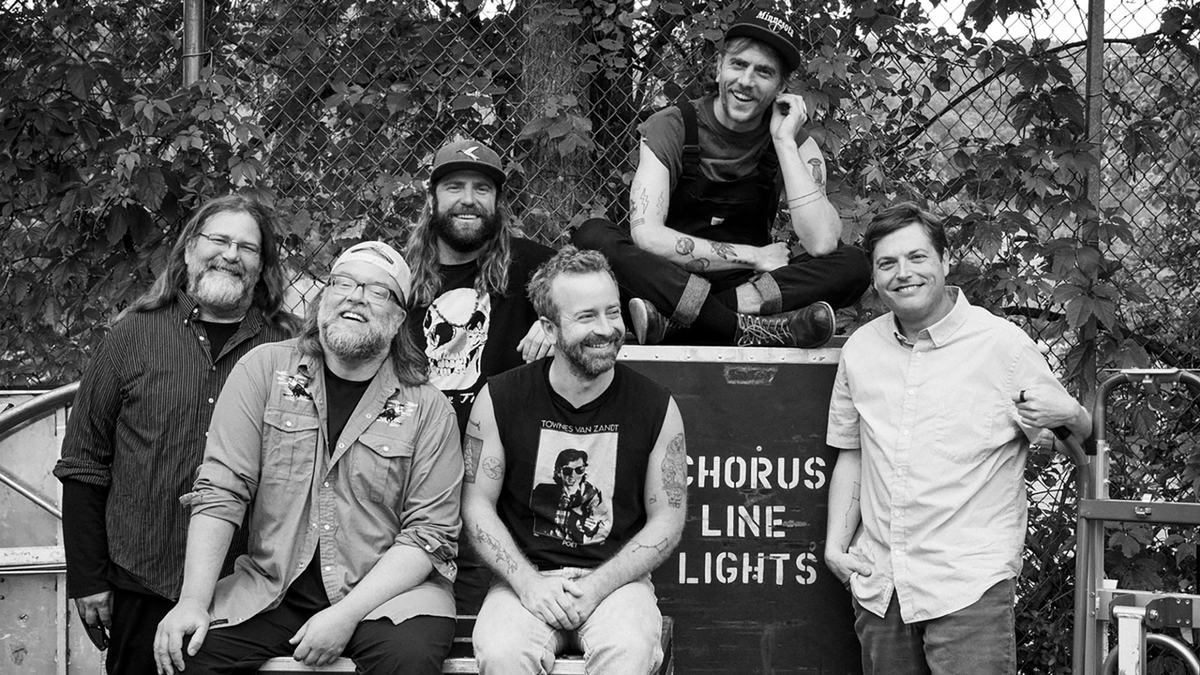
In 1941, Swiss engineer George de Mestral was hunting in the Alps with his dog, when he noticed burrs stuck to his jacket, pants, hat, and his pup. Being the egghead that he was, de Mestral examined the burrs under a microscope. He discovered their “stickiness” was due to tiny hooks and loops. This discovery dominated the next decade of de Mestral’s life as he burrowed his intellect into recreating burrs’ “grab-ability” with synthetic materials. And on one magical day, Presto Chango!, the world has Velcro.
This is probably the most famous example of “biomimicry,” the imitation of nature’s strategies to solve human design challenges. Now, a less well-known example but a much more intriguing one (sorry, de Mestral) is the life and music of “Land of 10,000 Lakes” local Dave Simonett, founder and lead singer of Trampled By Turtles.
Simonett grew up in Mankato, Minnesota, about 80-miles southwest of the Twin Cities at the confluence of the Minnesota and Blue Earth rivers. Like the rest of the state, winters there are bitterly cold, summers are hot, muggy, and buggy. And as is ever the Minnesotan way, Simonett spent his youth loving that unloveable weather. No matter Mother Nature’s temperament, Simonett was in the woods. When he formed Trampled By Turtles in Duluth in 2003, Simonett’s lifelong connection to nature—hiking, skiing, fishing—combined in his music with other influences, like his love of the in-your-face tempo of punk and grunge bands and the songwriting of legendary fellow Minnesotan, Bob Dylan.
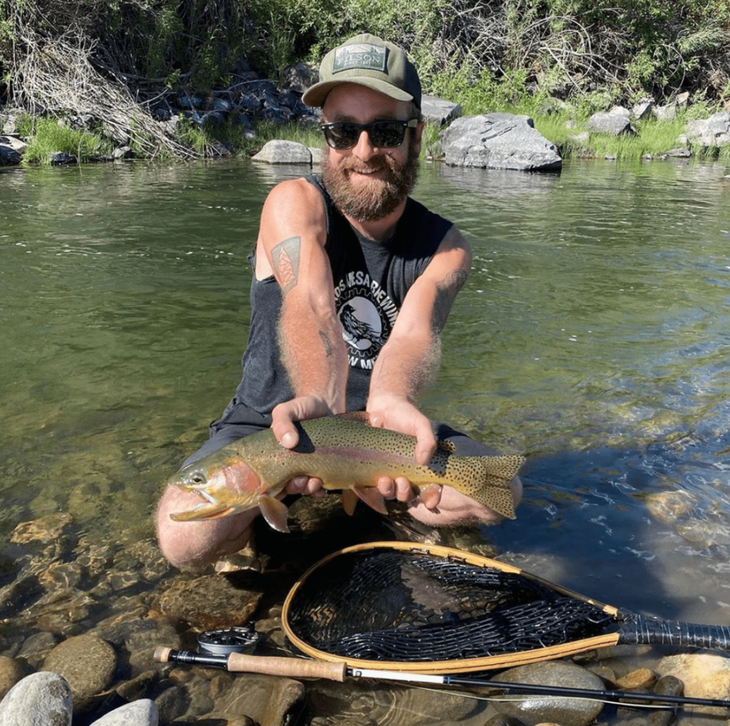
In the runup to the Outside Festival in Denver (where Trampled By Turtles will create a booty-shaking ruckus on June 1), I interviewed Simonett for an episode of the Outside Podcast, which you can listen to here. Here are some excerpts from our conversation that highlight Simonett’s decades-long love affair with Minnesota and its lasting influence on his music.
A MINNESOTAN SURPRISE
Outside: If somebody stopped you on the street and said, “Hey, who are you? What do you like to do?” Would you say, outdoorsman? Would you say, conservationist? Would you say, hunter?
Simonett: Yeah, I’d probably start with those.
Outside: Oh, before musician?
Simonett: Well, it depends on what point in life I guess I’d be asked. I think right now, at this point, even though music still takes up more of my time than anything else, my passions are split a little bit more equally nowadays. It’s more like a life’s work.
Outside: You are an outdoorsy guy. You were a scout as a kid. You grew up in Minnesota, which though incredibly maligned like the rest of the Midwest, is double stuffed with frothing outdoor folks and adventures. What makes outdoor adventure in Minnesota unique and inspiring?
Simonett: Well, the natural beauty here is not as obvious. I like to say humble, but it’s not of its own volition. It’s just the way the land is. We have our prairies and our hardwood forest in the southern part of the state, and then the northern parts are boreal and a lot of pine birch, kind of reminiscent of maybe what people would think of as Maine. What people think of here is lakes. And that’s something we have a lot of. The Boundary Waters Canoe Area Wilderness is probably our crown jewel of a landscape that’s still left to be a wild place. It’s pretty far out and I’d put a sunrise there up against any sunrise anywhere.
DEAR BOUNDARY WATERS, DAVE LOVES YOU
Outside: For folks who have not been exposed to the beauty of the Boundary Waters, give me your 30-second elevator pitch on it to those who might be like, “Ahhhh, Minnesota, c’mon!”
Simonett: Right? It sounds buggy.
Outside: Well, the mosquito is the state bird of Minnesota.
Simonett: And you won’t find any more of them than in the Boundary Waters if you go at a certain time of year, ha! But the Boundary Waters is a little over a million acres of woods and mainly lakes, thousands of lakes interconnected by portages. It’s part of the Superior National Forest and it’s named the Boundary Waters because it’s on the boundary of Minnesota and Canada. When you get a couple lakes into that wilderness, you might as well be in 1849 or something. It gets pretty far out and you can go deep as you want.
When I was young, a little bit of an initiation in that place was to paddle out to the middle of a lake, dip your cup in the lake, and drink the cup of water. That’s just as an example of what a bastion of clean water it is. And so I do a lot of work now on that place. If I’m gonna spend my time involved in something, this is where I get the most meaning in these places. I’m gonna work on protecting that.
THE JOY OF COLDER THAN HELL WINTERS
Simonett: I like winter. Half the stuff I like to do outside is when it’s snowing.
Outside: I love winter too. But winter in Minnesota is a different animal altogether.
Simonett: It’s a good time to write songs, ha!
Outside: Exactly. You’ve said that Northern Minnesota winters have inspired your music. And I think, in regard to the Midwest’s unfair poo-pooed-ness, the bitter cold winters have a lot to do with that. What do you think is the most unappreciated part of Minnesota winters?
Simonett: It gets dark at 4:30 here and I crave my little writing studio and a guitar. And that’s when my psyche wants to do it the most. And I try to honor that. There’s lots I want to do outside in the winter too, but it’s kind of a time where you can give yourself the leniency to look inside and try to make something. That’s what I’ve always used that time for. And that is the thing I look forward to, writing
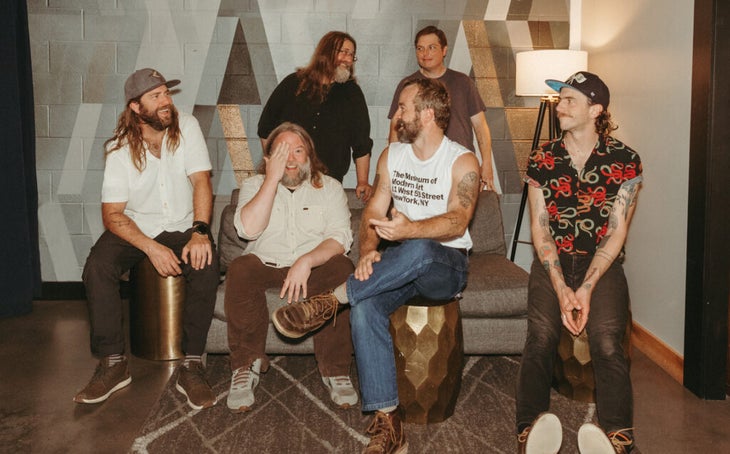
Outside: Do you think that because of that, you are writing slower laments or are you writing dancier, more uptempo tunes?
Simonett: Like trying to overcorrect?
Outside: Yeah.
Simonett: It’s hard to say, but I think that kind of stuff is more phase of life for me or reactions to creative whims. I think the weather in the wintertime will give me a space to do it. But I don’t know if that’s like, “Oh, I’m gonna write sad songs ’cause it’s cold outside.” That being said, look at reggae music and where that comes from. That’s a lot of happy stuff. Maybe I’m completely wrong about that. Hahaha!
DIRT-FOOTED HOOTENANNY VS. MELLOW INSTRUMENTAL
Outside: I know that you don’t like labeling your music or boxing it into a specific genre, but I will say, Roots music, Bluegrass, Americana, Trampled By Turtles could fall under these if someone were to box you guys in. Ha!
Simonett: Haha! Yeah, if you wanted to limit us. Ha!
Outside: Those genres very often present a frenetic dancey pace. They create a dirt-footed hootenanny. For instance, “Wait So Long” and “Codeine.” Those tunes of yours are incredibly aggressive. Where does that edge come from and does your time outside inspire it? Ease it? Do both?
Simonett: Both those songs are like 15 years old. When I was younger, I had a lot of punk rock left over. When I was a teenager, that’s what I was into. And I was a young man then. I had a lot of energy.
Outside: Oh, so it was like angry young man music?
Simonett: Yeah, and you feel things real big and loud. I did anyway. It’s been a while since I’ve written a song like that. To be honest with you, I’m really trying, especially in music, but generally in life, as a husband, as a father, to grow older gracefully.
Outside: Does that mean softer?
Simonett: I think it just means being true to where you are at the time. If I were to try to write a song like “Codeine” now, I would be lying. It would be me trying to reach for something that’s not there.
Outside: On the other end of the tempo spectrum is a song like “Lutsen.” That’s nearly a10-minute beautiful, mellow instrumental. So where does that energy come from?
Simonett: That’s easier for me to point at. Lutsen is a little ski town in northern Minnesota on Lake Superior.
Outside: Love Lutsen. It’s the first place I skied in Minnesota where I didn’t hear my turn. I love Lutsen.
Dave: Ha, yeah!. It’s as close as we get to real mountain skiing in the Midwest. I’d been spending a lot of time up there. It’s incredibly beautiful. I was doing some skiing, but also just hanging in the area by Lake Superior. It’s kind of our version of an ocean up there, with the same kind of gravitational pull on the people around it. It’s cold, it’s harsh. You go down to the lake and it’s like a nightmare sometimes. Like if you could turn a nightmare into water. So many ships have sunk in that nasty body of water. It reminds you real fast about where you are in the pecking order of things. And at the same time, you might wake up the next morning and it’s glass, and the sun’s coming up, it’s beautiful. That “Lutsen” song was that. That’s what I was trying to capture, comprehending where I was.
MY VELCRO IS YOUR VELCRO
Outside: In regard to your time outside, your conservation efforts, and your love of Minnesota, if you were to take one of those things away, could you still write and perform the way that you do?
Dave: It sounds kind of self-important or something, but to me those are just little different parts of who I am. We’re all a product of space and time, right? I’m a product of where I live, what’s going on with me at this moment. And so you’d have to put me in somewhere real hard to escape for me not to find my space outdoors. I mean, I sometimes use touring to find new places to hunt and fish, which has been great. Last year and last summer, we went out to Montana. And both of those times I ended up on some really great fly fishing days with some buddies out there. When I’m home, I wouldn’t pop out to Montana and go fly fishing.
Outside: The greatest work boondoggle of all time, ha! The music is whatever, but really what I’m trying to do is land a giant rainbow.
Dave: Haha! Yeah! I think for me, I really just hope an audience feels like we did the best we could. I hope they thought that their time was well spent.
I can write a hundred songs in this room and never play ’em for anybody. They’d still be songs and they’d still be mine. But there’s an interesting relationship that happens when you open that up to the world and I try to remain mystified by that. It’s scary and beautiful. I do enjoy that part of it. I don’t know if it’s like a “if a tree falls in the forest” kind of a thing, where it’s, “Can a song exist if nobody hears it?” I don’t know.
Outside: I feel like there needs to be a bumper sticker that reads, “Peak Minnesota: Juicy Lucy, Tater Tot Hotdish, Trampled By Turtles,” not necessarily in that order.
Dave: It’s a lot of responsibility, but we’ll take it.
You could win a trip to the Outside Festival and meet Trampled By Turtles backstage!
Donate to Save the Boundary Waters at fandiem/tbt and you’ll be entered to win round-trip travel, 3-night hotel stay, VIP passes to Outside Festival, a signed Deering banjo, and even a Colorado adventure picked by the band. Enjoy VIP perks like private lounges, bars, and shaded seating while catching sets from Trampled By Turtles, Lord Huron, Khruangbin, and more.
NO PURCHASE OR DONATION IS NECESSARY TO ENTER TO WIN. A PURCHASE OR DONATION WILL NOT IMPROVE YOUR CHANCES OF WINNING. VOID WHERE PROHIBITED. TO ENTER WITHOUT DONATING CLICK HERE.
See the Official Rules and Terms of Use for more details.
The post Trampled by Turtles’ Songs Were Born in the Wilds of Minnesota appeared first on Outside Online.







